Today, after 108 years, Turkey is back in Libya. Despite the COVID 19 outbreak, Turkish warships have been flying their flags along Libya’s coast uninterrupted for the past four months. Since Turkey signed an MoU with Libya on November 27, 2019 to delimit the southwest portion of its Blue Homeland maritime border, the roughly 1000-mile zone between Marmaris/ Aksaz naval base and Tripoli has been transformed into the new strategic center of gravity for the navy and the air force.
Among the littorals in this strategic area, only the NATO member states France and Italy have power to challenge the Turkish navy. Egypt deserves special attention among non-NATO naval forces, with its adjacent geography to the Libyan coast and a highly ambitious naval modernization program. In this article, we will examine the Egyptian sea power.
https://uwidata.com/11997-what-are-ankaras-next-steps-in-libya/
Egyptian Navy’s Track Record.
Since 2014, the development curve of the Egyptian fleet can almost be described as a quantum leap. Considering warships added to the navy’s force structure and completed and ongoing projects, we can say that the Egyptian Navy, which will celebrate its 92nd anniversary this year, is in its golden age. In this process, it is important that Sisi tightens his grip on political power and control over the army. Furthermore, Egypt’s ability to apply a more independent military doctrine against internal and external threats is noteworthy.
Egypt’s desire to possess a strong navy emerged during the 1956 Suez crisis. Upon President Gamal Abdel Nasser’s nationalization of the Suez Canal, the Sinai Peninsula was partially occupied by the Israeli forces that crossed the channel on October 29, 1956.
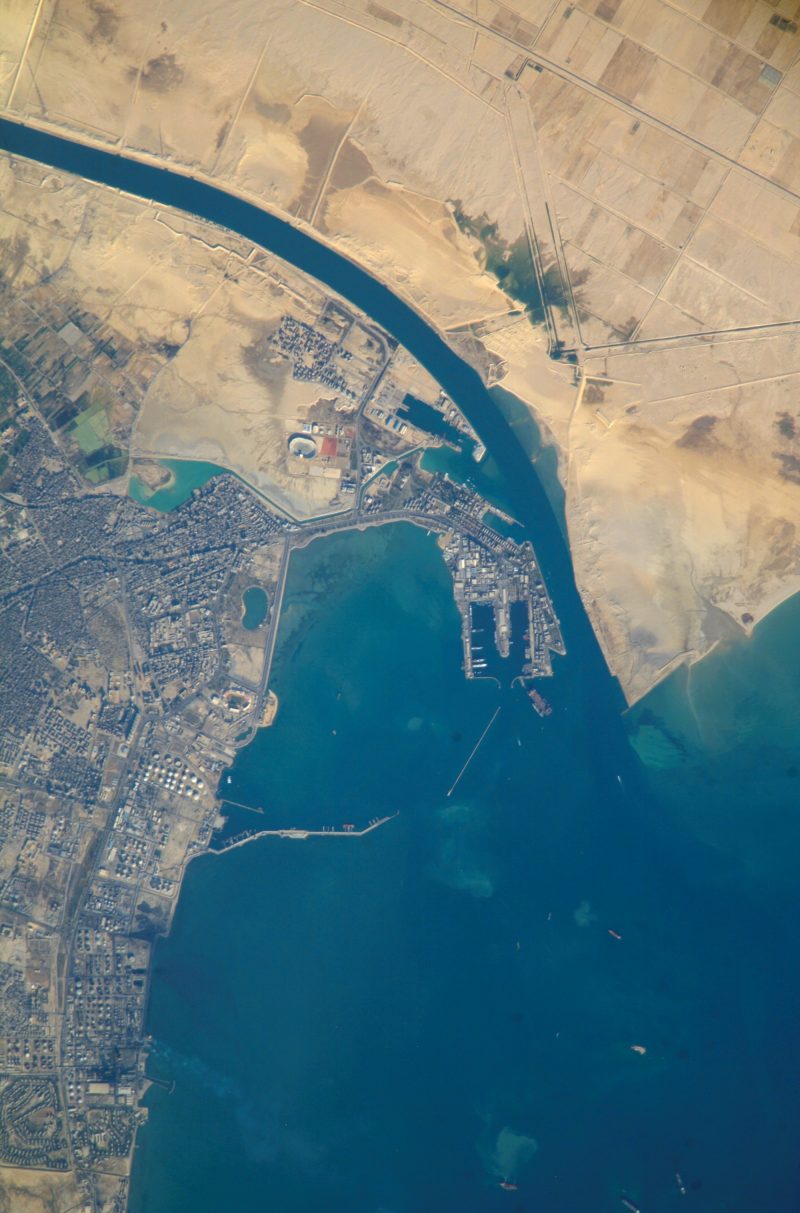
Later, on November 6, 1956, the French and British joint forces deployed an amphibious force to Port Said. Egypt could not prevent this sea-borne invasion. The intervention only hit a pause upon pressure by the US and the Soviets. Egypt learned important lessons from this crisis. The navy, which was strengthened with the help of the Soviets in the 1960s, achieved great success at sea on October 21, 1967, against Israel during the 6-Day War. OSA -II class fast-attack crafts supplied by the Soviets fired four Styx missiles and sank the Israeli destroyer Eilat, a first in world maritime history. For the first time, a warship was sunk with guided missiles. The 47 sailors lost in this incident caused great trauma in Israel. The Israeli navy, however, learned important lessons from this event. Six years later, in the 1973 Yom Kippur War, which started with a surprise attack by Egypt, this time Egypt suffered a serious defeat against the Israeli navy. In Port Said and Damietta naval battles, Israel sank five Egyptian fast-attack crafts. Despite the numerical superiority and range advantage, the Egyptian navy suffered losses. Also, in this war, guided-missile fast-attack craft faced action in a battle scene for the first time ever. In addition, missile engagements were prevented by Israel for the first time by deployment of electronic counter measures. This defeat changed the perception towards the navy in Egyptian state apparatus.
https://uwidata.com/11088-turkey-egypt-relations-must-be-normalized/
Since the events at sea did not affect the fate of the war on land, no investment was made for the navy. After this war, Egypt drifted away from the Soviets and entered the US sphere of influence. The navy came under the US aid and armament program after the 1979 Camp David agreement. The US did not help Egypt to grow stronger in maritime domain, but rather ensured that it remained with a coastal navy and did not pose a threat to Israel. During the Mubarak period, who served between 1981-2011, the navy was equipped with Knox and OH Perry class frigates donated by the US. Four Chinese-made Romeo class submarines were modernized with the US assistance and upgraded with Harpoon missiles. While Egypt had a US-oriented naval maintenance program until Sisi’s rule, he changed this approach. He focused on defense relations with France, Russia, and Italy.
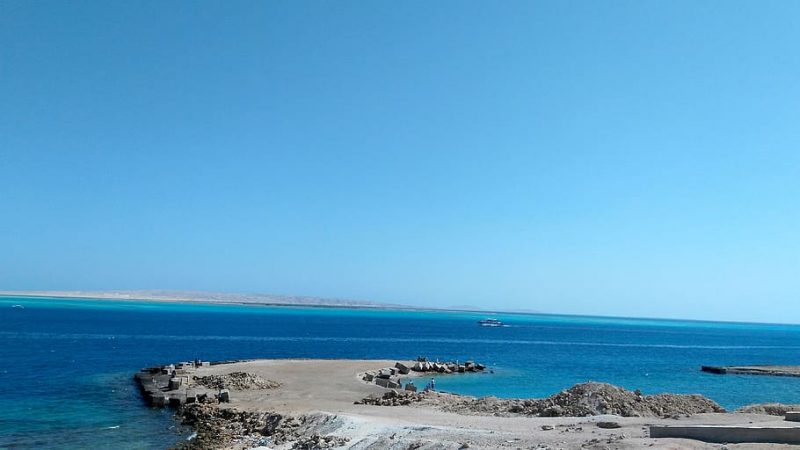
Modernization Began in Sisi’s Era.
Despite being an Army general with intelligence-background, Sisi saw Egypt’s need for sea power, especially in the 21st century. After taking office, he divided the Navy into two combatant units as the Mediterranean and Red Sea fleets. He decided to develop two new naval bases in the Mediterranean and the Red Sea. He created the Second Navy Special Forces Brigade. Meanwhile, he took important steps to develop the marine industry. Of the 4 French Gowind class corvettes, for instance, 3 of them were assembled in Alexandria Military Shipyard, which was acquired from the private sector. German MEKO A200 class frigates are also planned to be assembled in this shipyard.
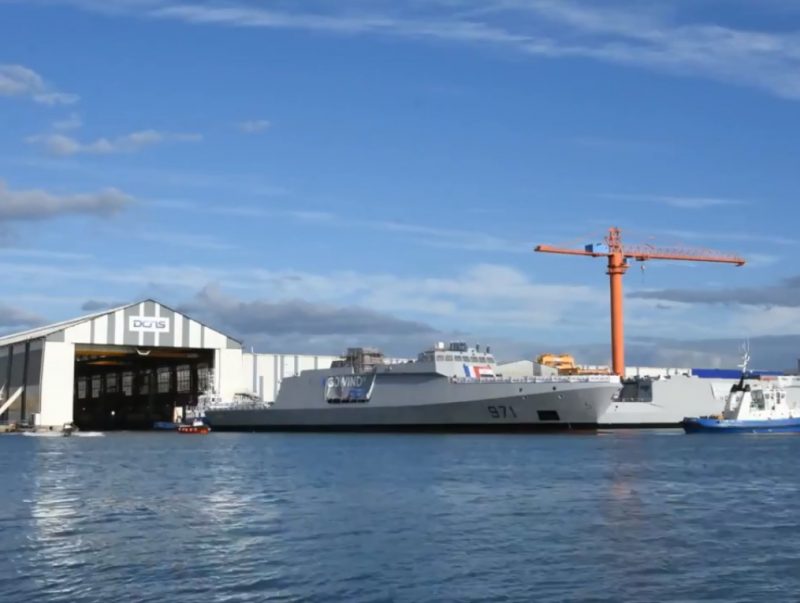
Gowind class/Wikipedia
A Growing Navy.
Post-2014, Egypt purchased 4 Ambassador class guided-missile patrol boats from the US and completed AH-64 Apache modernization program; it purchased 2 Mistral class Amphibious Assault Ships, 4 Gowind class corvettes and 1 FREMM class frigate from France; 4 Type 209 class diesel electric submarines (three in service) from Germany and 46 Ka 52 N. Crocodile helicopters (three in service) from Russia.
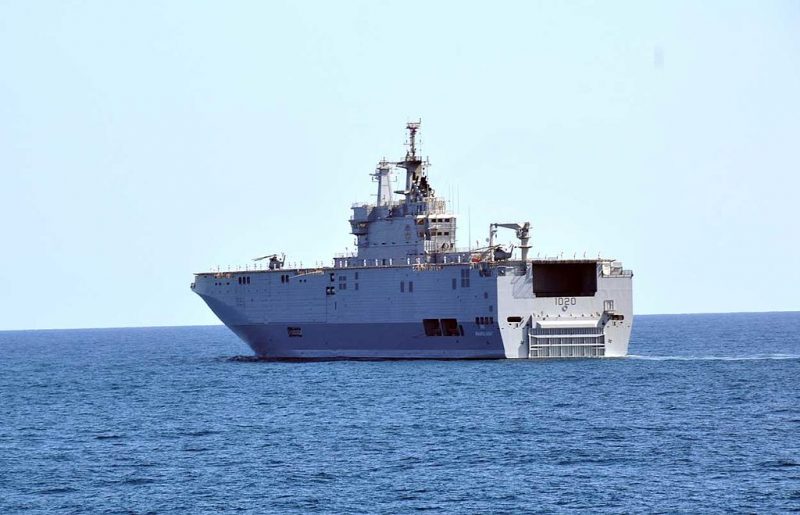
Mistral class/Wikipedia
While writing these lines, the procurement and contractual process was ongoing for 2 FREMMs, 4 different classes of frigates and 20 assault boats from Italy, and for 6 MEKO A200 frigates from Germany. Egypt allocated more than $10 billion from its budget for these purchases in 6 years. Apart from these platforms, many of the US, Russian, British, Polish, South Korean, Chinese, Turkish, Spanish-origin warships, which were in the inventory before 2014 and whose average age was above 30, are still in service.
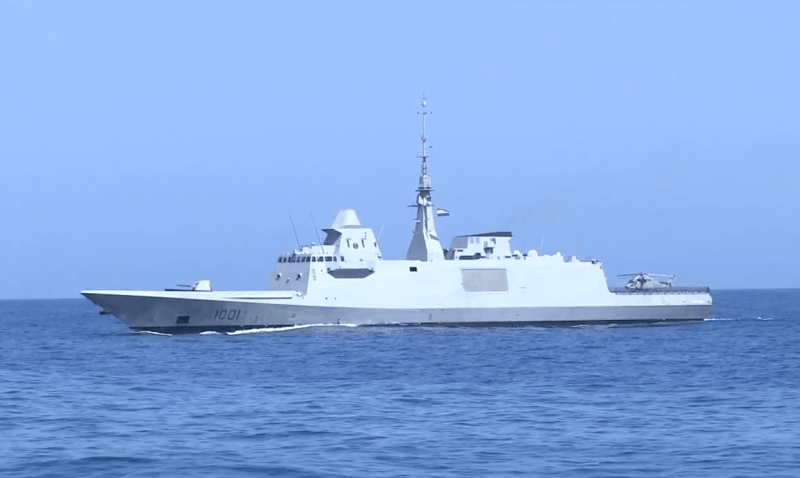
FREMM/Wikipedia
Multi-Ship, Weapon and Sensor Navy.
There are several warships between 1 and 50 years of age still in Egyptian navy’s service; American Harpoon, Russian Styx and French Exocet, Italian Otomat Mk 2 anti-surface missiles against ships; French ASTER, German RAM, American SM 1 and Sea Sparrow SAM systems; 533 mm Chinese and German DM 2A4 submarine torpedoes; American AH 64 Apache and Russian Ka 52 N. Crocodile helicopters stationed on Mistral-class Amphibious Assault Ship. This highly costly and complex armament program exhibited by the Egyptian navy recalls the one established by the Ottoman Sultan Abdulaziz (1861-1876), the most maritime-friendly sultan of the empire. In short, a very large navy was collated within a short time period with ships procured from abroad.
However, since there was serious training, technical and logistical deficits, the navy could not be a determining factor in marine geopolitics. Unified training and doctrine and technical processes such as logistic support and maintenance / repair will surface as the most serious challenges for the Egyptian navy in the coming period. In a research published by the Carnegie Middle East Center on February 28, 2019 (The Egyptian Military: A Slumbering Giant Awakes), attention is drawn to the fact that many of the M1 tanks assembled in Egypt are kept in warehouses without maintenance, or that the F-16s’ flight-time is almost 50% less than their counterparts in the US, that a very limited budget is allocated for maintenance and repairment of US-made ships although the vast majority of them are docked at port. Of course, minor activity with these units might also mean less training. In short, navies built over a very short time without support for training and logistics resemble paper towers. Egypt has to digest this short process before trying out the rapidly developed navy in a real crisis.
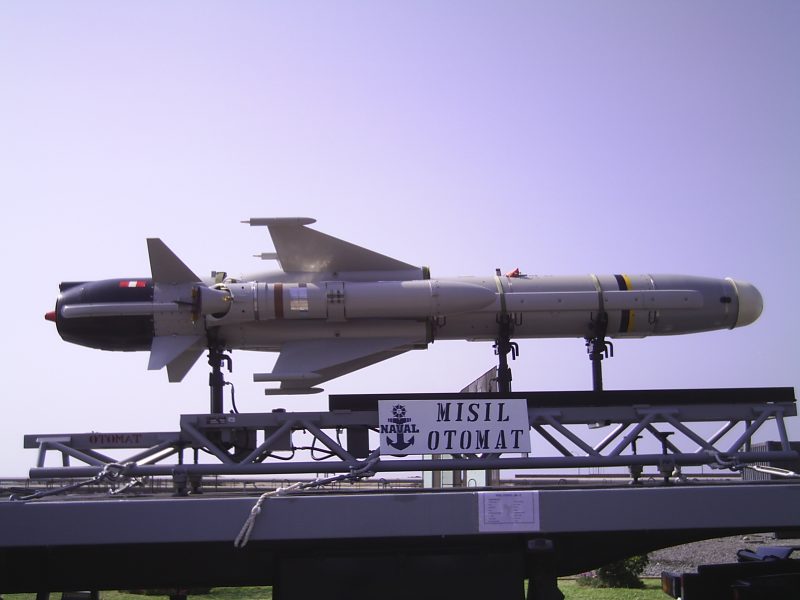
Turkish-Egyptian Common Naval History.
Egypt, which today forms a meaningless anti-Turkish alliance with Greece, had joined forces with Turkish navy to suppress the revolt in Mora (Peloponnese) in order to prevent the Greek independence. Sultan Mahmut II had liquidated the Janissary system a year before the uprising. The newly formed Nizam-ı Cedid Army was not ready for war when the Greek rebellion spread. Therefore, Mahmut II asked the Egyptian Governor Kavalalı Mehmet Ali Pasha to ask him to send troops to Mora. Kavalalı sent the navy and army under the command of his son İbrahim Pasha. However, on October 20, 1827, the French, British and Russian joint fleet burned the Ottoman-Egyptian fleet in the Bay of Navarino. In this raid, the joint fleet was at the command of an Egyptian Officer. As a result, Greek state became independent three years later and the process of the Empire’s dissolution in the Balkans began.
Soon after, Egypt and the Ottoman Empire became foes and fought twice. The Ottomans were defeated in both. After the Nizip War in 1839, the Navy Commander, Ahmet Pasha (Fugitive), who was a porter for royal boats, abducted the navy to Alexandria and handed it to Egypt. Another case that had an indirect effect on the seas and the fate of our maritime history was Egyptian-Greek businessman George Averoff, who was born in Egypt. The Averoff battle cruiser, named after this businessman’s generous donation, was behind the loss of the Northern and Eastern Aegean Islands within 3-months during the Balkan War.
Turkish – Egyptian Naval Relations.
There are very few positive events in pages of the Egyptian-Turkish joint maritime history after the Battle of Navarino. Almost no relationship was established between the navies of the two countries after the Cold War. This situation continued until 1997. On June 16, 1997, for the first time during the Sea Wolf 97 Exercise, TCG Kocatepe, TCG Yavuz frigates and TCG Uluçalireis submarine, under the command of the Southern Naval Task Group Commander, Real Admiral Aydın Gürül, made an unofficial visit to the port of Alexandria. Diplomatic clearance for this visit was given at the last minute. The visiting ships were allowed to dock at a port on the outskirts of the city, and the official visit schedule was restricted.
Egypt’s cold reception was due to Turkish-Israeli rapprochement and Turkey-Israel Bilateral Defense Cooperation and Training Agreement signed in 1996. In 2008, Turkish and Egyptian Naval Commanders began to meet face-to-face. During these visits, Turkish side explained in detail sea areas that Egypt had renounced in the EEZ demarcation agreement in favor of the Greek Cypriots in 2003. Also, benefits of a similar agreement with Turkey that would accrue to Egypt were explained. The fruits of these talks were harvested within a short time. At least Egypt did not sign an EEZ agreement with Greece. Apart from that, on November 16, 2009, Egypt was invited to the Sea of Friendship exercise on Aksaz naval base. Two frigates, two fast-attack crafts, and a fuel tanker from the Egyptian navy under the command of a rear admiral joined this exercise.
https://uwidata.com/11668-is-an-ankara-moscow-cairo-axis-a-possible-solution-in-libya/
After the Mavi Marmara incident with Israel on June 1, 2010, important developments took place between Turkish and Egyptian navies. On December 17-23, 2011, this time, the Sea of Friendship exercise was reciprocated in Alexandria, hosted by Egypt. Turkey participated in this exercise with frigates. After Sisi’s ascent to power, relations between the two countries took a very sharp turn towards polarization due to ideological reasons. Egyptian navy began to conduct a series of exercises dubbed “Medusa” with Greece and Greek Cypriots directly against Turkey. It maintained the anti-Turkish stance by supporting the warlord Hafter in Libya. However, until now, in spite of provocative remarks in documents published by the US-based think tank JINSA (Jewish Institute for National Security of America), there has been no escalatory tension at sea with the Turkish navy. If it is up to JINSA, Turkish and Egyptian navies are at the brink of a war in the Mediterranean. Obviously, Turkey will not fall in this trap. It is expected for Egypt to have the same attitude based on its historic background. On the other hand, it is a fact that tensions stoking over Libya between Egypt and Turkey will proceed through proxy wars. What turns out in Jufra and Sirte in the coming period will have a significant impact on the future of Turkish-Egyptian relations. We ought to expect that the Egyptian state apparatus takes the most appropriate stance in relations with Turkey over Libya in the light of history, spirit of the time, and benefit for its people.
https://uwidata.com/11923-a-glance-at-egypt-cairos-push-to-take-charge-of-negotiating-ethiopian-and-libyan-crises/
Threat Assessment of the Egyptian Navy.
In today’s conjuncture, the main driving force behind armament of the Egyptian naval build-up over the last 6 years is the goal to become the leading maritime power in the Arab world, especially for the protection of the rich natural gas fields in its maritime jurisdiction zones, and to increase its effectiveness in the Eastern Mediterranean and the Red Sea. On the other hand, its development of a sizable submarine fleet is the most serious challenge to countries in the region, especially Israel. A powerful Egyptian submarine fleet has features to pose a threat to Israel along Suez Canal exit and Gibraltar-Haifa axis. Besides, observing Egypt’s participation in naval exercise series “Medusa” with Greece and Greek Cypriots for the last 6 years and active role in the East Med Gas Forum against Turkey, we can deduce its hostile perception towards the Turkish navy. Nonetheless, I see the probability of a confrontation in the Mediterranean between the two nation state navies as being very unlikely. In my opinion, if the Turkish government begins to chart a course against the Muslim Brotherhood, relations with Cairo will improve, thereby paving the way to sign a Turkish-Egyptian maritime delimitation agreement.
This is because Turks and Egyptians have neither fought nor been foes since the 19thcentury and the period of Kavalalı Mehmet Pasha. The situation today is temporary. Opportunities for cooperation in Turkish-Egyptian relations in the post-COVID era will supersede temporary detriments of the tense period of the last six years. This is in the interest of both peoples. It should not be overlooked that Egypt is among the group of oppressed African nations that have been crushed by imperialism for centuries. The imperialist camp that it still sides on is incompatible with its history. Egypt should not repeat the mistake of Kavalalı.







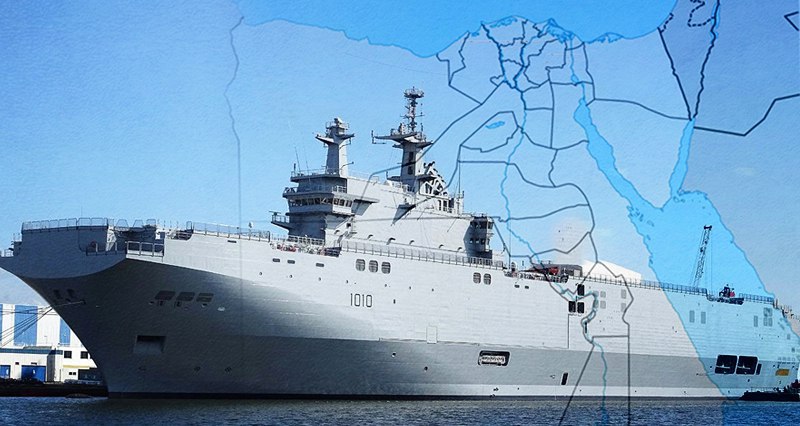









Leave a Reply